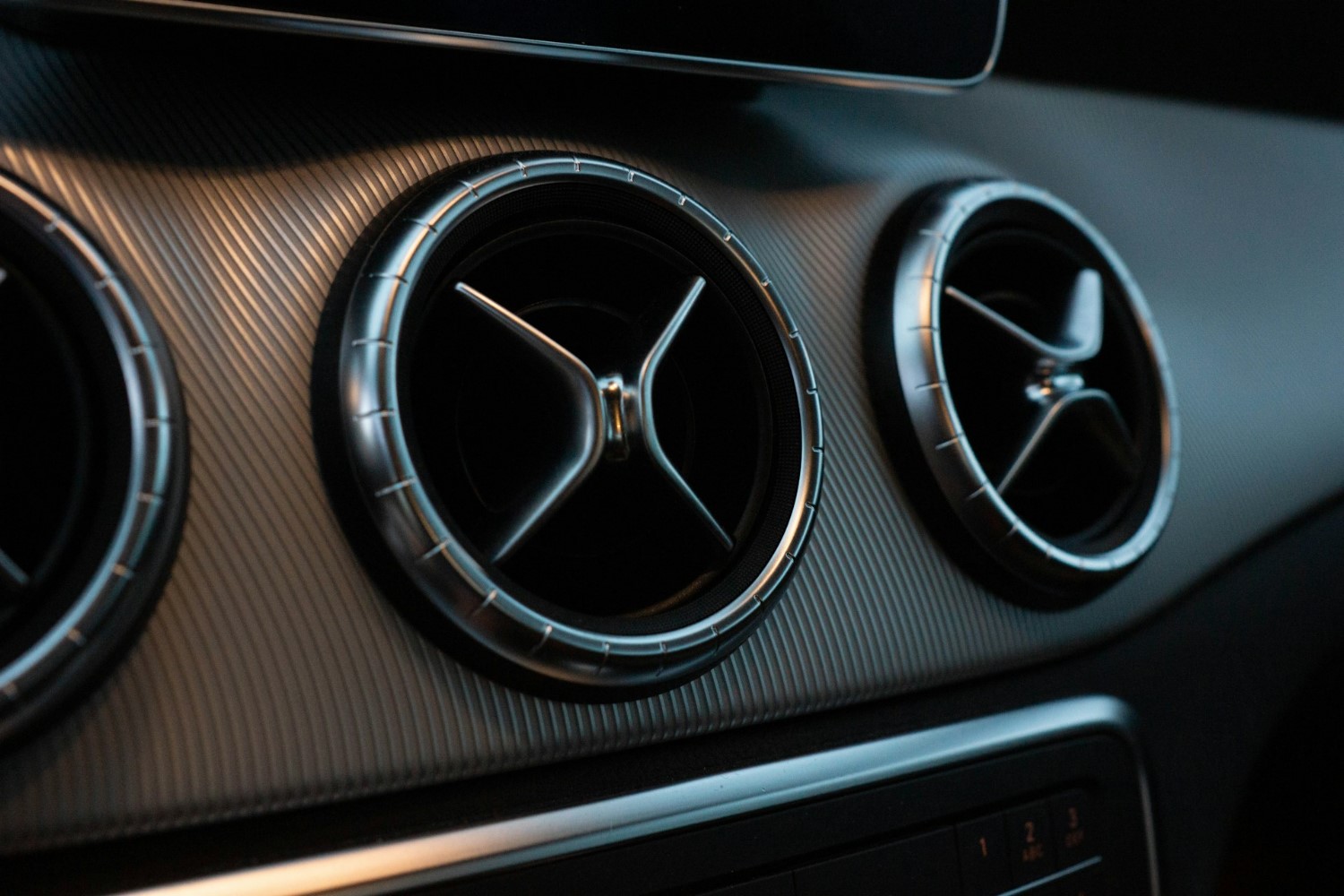How Racing Companies Use LCA to Minimize Environmental Impact
Racing companies are going green in surprising ways. They’re using a tool called Life Cycle Assessment (LCA) to help them race fast while protecting our planet. This method looks at how racing affects the environment, from building cars to disposing of old parts. If you want to dive more into LCA Click here for more information.
Understanding LCA in Racing
When racing teams use LCA, they look at everything that goes into making and using race cars. Big names like Ferrari, Mercedes-AMG, and McLaren now have special teams focused on being eco-friendly. These experts help choose better materials and cleaner ways to build cars.
The main areas where LCA helps racing teams become greener are:
- Making car parts
- Using fuel and energy
- Moving equipment around
- Managing waste
- Running their facilities
Material Innovation Through LCA
New materials are changing racing for the better. Regular carbon fiber, while light and strong, isn’t great for the environment. Through LCA studies, racing teams have found better options like:
- Plant-based materials made from flax
- Recycled carbon fiber parts
- Mixed materials that combine natural and man-made fibers
Williams Racing, a Formula 1 team, now uses recycled carbon fiber in some car parts. This simple change has cut their carbon footprint by 20% while keeping their cars fast and safe.
LCA Energy Optimization
LCA shows that using energy in factories and during races has a big impact on the environment. Racing teams are fixing this by using better energy plans. Many now use solar panels at their factories and racetracks, along with better ways to store power.
Supply Chain LCA Transformation
Teams have learned through LCA that where they get their materials matters. Many now try to buy locally and build parts closer to home to cut down on shipping pollution.
Race Day Operations
Using LCA on race days has taught teams new things. They now focus on:
Smarter fuel use: Special computers help cars use less fuel during races.
Less waste: Teams recycle more and reuse parts when they can.
Better shipping: Smart computer systems find the cleanest ways to move racing equipment.
Measuring LCA Success
Racing teams are seeing good results from their green efforts. Formula E, which uses only electric cars, has cut its pollution by 25% since starting to use LCA. Even Formula 1 wants to become carbon neutral by 2030.
Future Innovations
The next big thing in racing is the circular economy. This means designing car parts that can be easily recycled and used again and again.
Industry-Wide LCA Impact
What racing teams learn about being green helps regular car makers too. This means everyday cars are becoming more eco-friendly thanks to racing technology.
Challenges and Opportunities
While using LCA in racing shows promise, it isn’t always easy. Teams must think about costs and follow racing rules. But these challenges often lead to clever solutions that make cars both faster and cleaner.
Racing teams are finding out that being green doesn’t mean being slow. By using LCA carefully, they can help the environment while still racing at top speeds.
As technology gets better and protecting the environment becomes more important, racing will keep getting greener. LCA helps teams find the perfect balance between exciting races and taking care of our planet.
